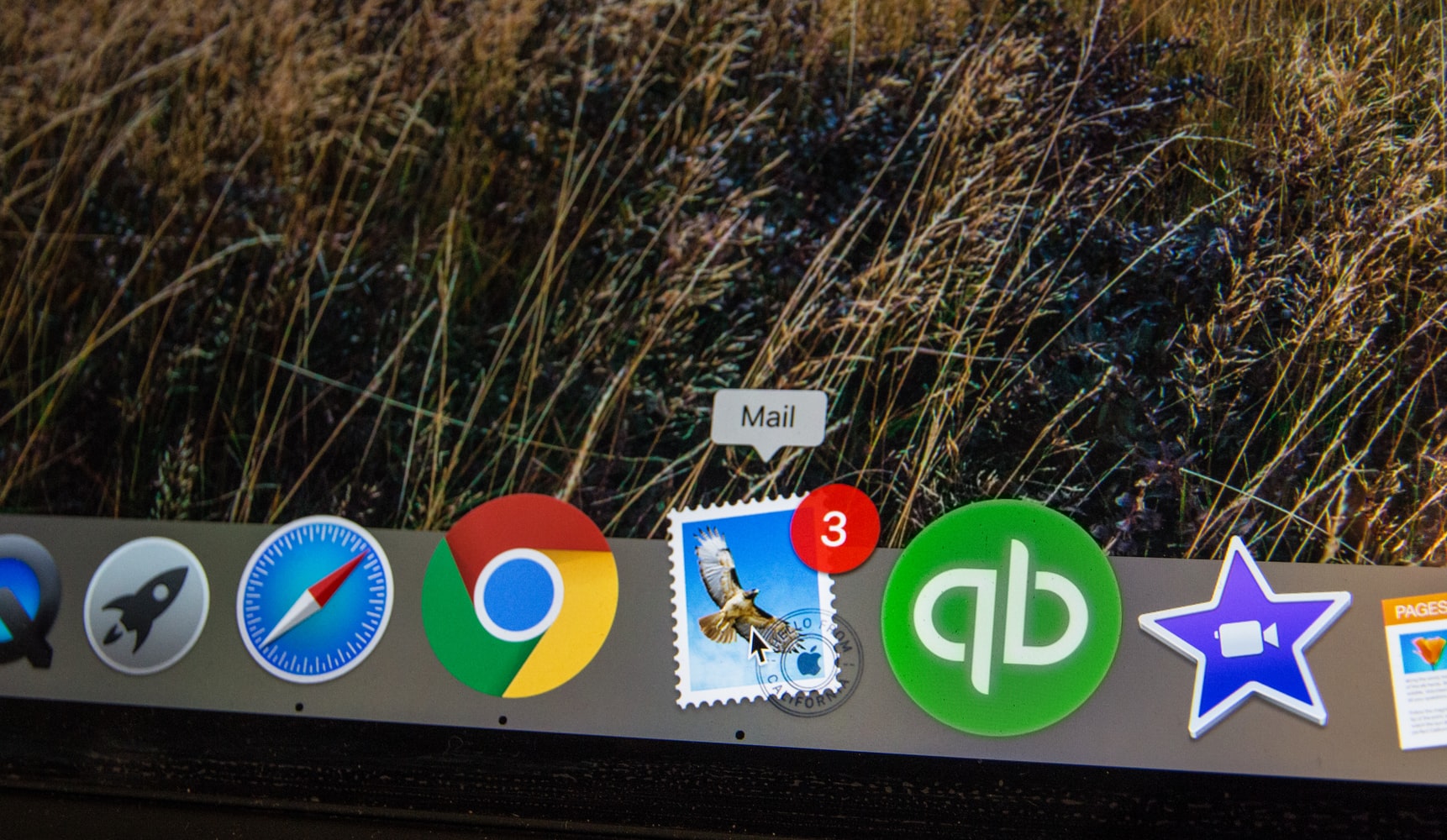How to write professional emails with the right tone
You’ve sent countless business emails in your professional life, but you likely still struggle sometimes to set the right tone.
Do you sound professional enough? Do you seem harsh or abrasive? Does the recipient know when you’re joking?
“Tone” in writing is a lot like your tone of voice—it shapes how your words are interpreted and received. For example, exclaiming “I’ll do it!” with excitement and energy communicates a different message than muttering “I’ll do it…” with resignation or exhaustion. Your emails work the same way, but the tone is harder to set when you only have words.
When you write professional emails, you can’t use other communication signals, such as voice inflection, eye contact, and hand gestures. In a busy, professional setting, people also tend to read emails quickly, so your tone can have a dramatic effect on how people interpret your words.
How writing professional emails can improve your work
Each professional email is an opportunity to practice your writing and clarify what you think and what you want to communicate. Being able to think clearly and communicate clearly are huge assets in the workplace. You want your co-workers to feel like you know what you’re talking about and will stick by it. You can hone your communication skills each time you have an email to write.
This is important because the risk involved in hastily writing professional emails is worse than writing personal ones. Email leaves a “paper trail” that remembers your tone forever. Get it wrong, and your recipient might go so far as to forward your tone-deaf email to co-workers or managers, damaging your reputation. A bad email can embarrass you or give your co-workers incorrect impressions, leaving them to think you’ll do something you won’t or you don’t sincerely believe something you do.
In this article, we’re sharing three tips for setting the right tone in a professional email, so you can avoid awkward misunderstandings and ensure your recipient gets the point.
1. Avoid Using Emojis
There’s a time and a place for emojis, but as a general rule, professional emails are not the setting.
Emojis can seem unprofessional, and older people might not understand what they mean. Different systems, such as iOS and Android, also display emojis with subtle differences. The emoji you picked on your iPhone that might appear to you as a professional way to communicate happiness, might imply a different meaning to an Android user. One person’s excited grin is another’s creepy smile.
Until you establish a comfortable email relationship with someone, leave out the smiley faces. Even then, you should use them sparingly. Save the emojis for texting with your friends!
2. Organize Your Thoughts—and Then Edit!
Despite what you might assume, email writing is more like writing a memo or a report than writing a text message or Tweet.
Many people consider email a casual mode of communication, but when you’re using email for professional purposes, you should write your email like you would a business letter on paper. Think through what you want to say, and plan the best way to say it.
Use paragraphs to break up and organize ideas, bullet points to organize lists, and clear subject lines to communicate your main points. Of course, you should also be sure to write complete sentences and avoid typos. Once you’ve finished composing your email, remember to proofread it.
3. Use the Active Voice Instead of the Passive Voice
You might remember hearing about the “active voice” in high school—writing professional emails is an opportunity to put that lesson into action.
When you use the active voice, you’re the doer. For example, instead of writing, “The proposal will be delivered by Friday” (passive voice), write, “I will deliver the proposal by Friday.” In the second example, you take initiative and demonstrate responsibility.
Using the active voice also makes your writing clearer. By putting the subject (you) front and center, closely followed by a verb (deliver), you communicate exactly what you’ll be doing and that you’re the one responsible for doing it. An active voice supported with clear, well-organized writing helps your readers understand your intent and communicates that intent with a tone of controlled, considered authority.
Following these tips may seem like a lot of work, but your readers will appreciate the time and effort you took to make your emails clear and easy to understand.
Latest posts by David Candelas (see all)
- Use a SMART Goal Template to Hack Your Productivity - December 11, 2020
- Is LinkedIn Worth Your Time as a Salesperson? - November 24, 2020
- Tips for Starting the Home Office of Your Dreams - November 29, 2019





